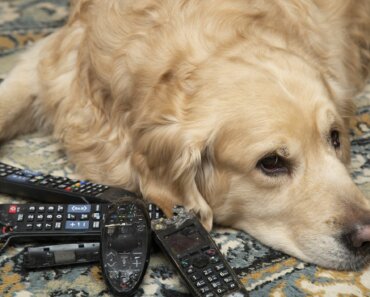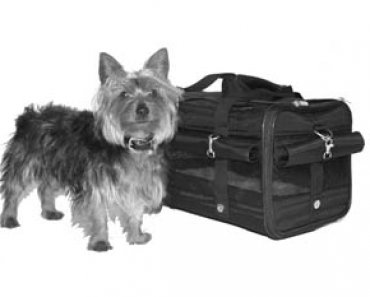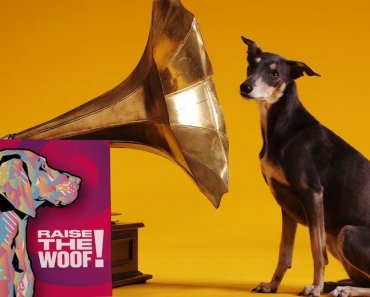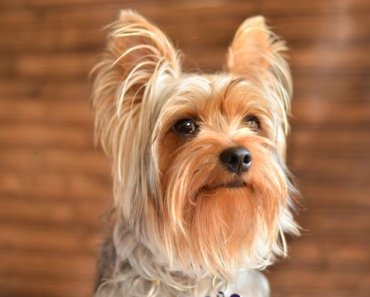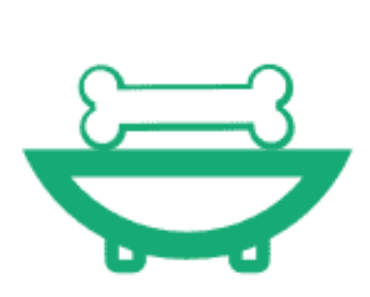Think of capturing like taking a perfect sunset photograph — not before or after it sets, but rather at the moment the sun touches the horizon. The sun is setting on its own, you are just capturing the perfect photograph of it happening.
Much like capturing that perfect photograph, you can capture your dog’s behavior when he does something that you want to help him learn (like the cue “Sit”) when he does it on his own, if you are prepared to mark and then reinforce the desired behavior with a food reward. That’s the simplicity of capturing.
Everyone who has ever had a puppy (or a dog of any age — seniors rock!) has used capturing and may not have even known they were doing so. When their puppy went to the bathroom outside and they said, “Good puppy,” they were capturing that desired behavior and reinforcing it with praise. Hopefully, they even called it something like “Go potty,” or “Hurry up” and then gave the puppy a food reward.
Start simply
To use capturing, begin with something your dog naturally does on his own, like sitting. Dogs sit on their own all the time, so be prepared to mark the moment he completes sitting down on his own using a loaded marker (either a click or the verbal marker “Yes”) and reinforce that with a pea-sized food reward. Mark the moment when he is completely sitting — not before or as he starts to sit, but exactly when his butt hits the surface of whatever he is sitting on.
Mark the completion of the behavior of sitting on his own a few times. After your dog is getting the hang of it, shift to marking when he sits with the verbal cue “Sit” and then reward. There is an expression in dog training: “Name it when you love it,” and this means what I just mentioned — when the individual dog starts to get the hang of it and to understand, then you can move on to naming it as you capture it, in this case “Sit.”
Reinforce known behaviors
Another way to use capturing is to reinforce something that your dog already has begun to understand, like when he is pretty good at sitting most of the time and you know he can be a rock star at sitting but could use some improvement. Since you know your dog is going to sit at some point during your day, be prepared with food rewards. When your dog sits on his own — at the moment he completes sitting — mark that with the already associated verbal cue “Sit.”
You get what you reinforce. By including capturing when your dog sits on his own and marking and
reinforcing that naturally occurring behavior, you will increase the reinforcement history, and turn “sitting” into an ever-more reliable behavior, when requested.
Capture with jackpots
To keep the focus on capturing a behavior — let’s continue to use “Sit” — combine it with something else, like if your dog jumps onto others during greetings. During those moments when your dog does not jump up and instead sits on his own, capture that moment and give your dog the jackpot of rewards (like making a big deal with lots of praise and a high-value treat). Celebrate him making a great decision on his own.
Although capturing behavior is great on its own, it also has some pretty good beneficial side effects:
➻ better timing with cues
➻ saying yes more often to your dog
➻ having a dog who learns when he gets things right
➻ a longer reinforcement history of each behavior you capture
➻ increased amounts of fun when learning a cue that associates to the things they naturally do on their own
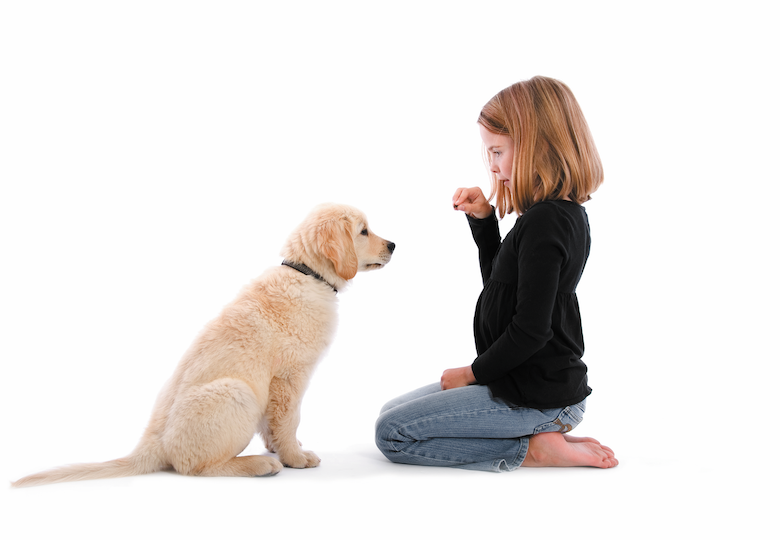
Photo: carebott | Getty Image
Mark this
To effectively capture behaviors, it is helpful to use a marker. Markers are signals that are auditory (like a clicker) or verbal (like saying “Yes”) that allow us to mark specific moments when our dogs are getting it right while learning or are doing something already learned.
To “load” or “charge” a marker (generate an association of a pleasing outcome to the marker), prepare 10 pea-sized food rewards and hold them in your hand. Say Yes/click, and immediately give your dog one piece of food. After he finishes the piece, repeat the sequence of saying Yes/clicking until all pieces have been given.
Do this on three separate occasions. (Note: Include food rewards into dog’s total daily rations.)
At some point in the day after the exercise, when your dog is not looking or paying attention to you, say the word “Yes” or click the clicker. If he looks toward you — success! You will then have a known loaded marker to use. Reinforce this marker throughout life with your dog by saying “Yes”/clicking the clicker sometimes before you hand him a piece of food.
Using capturing is like being a game-show host narrating spectacular key moments and giving out prizes in the form of food rewards. That’s fun for both you and your dog!
Top photograph: nd3000 | Getty Images
Read Next: Yes, You Can (and Should) Teach an Old Dog New Tricks

